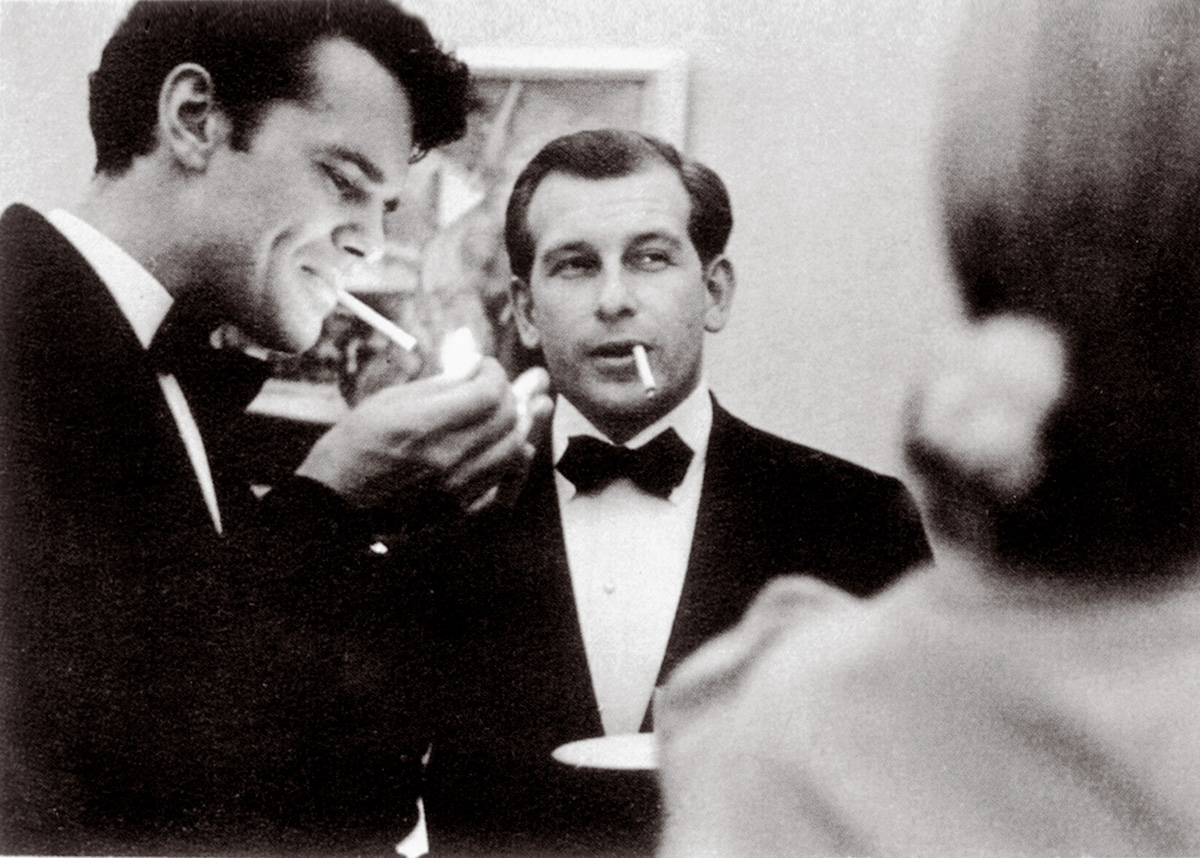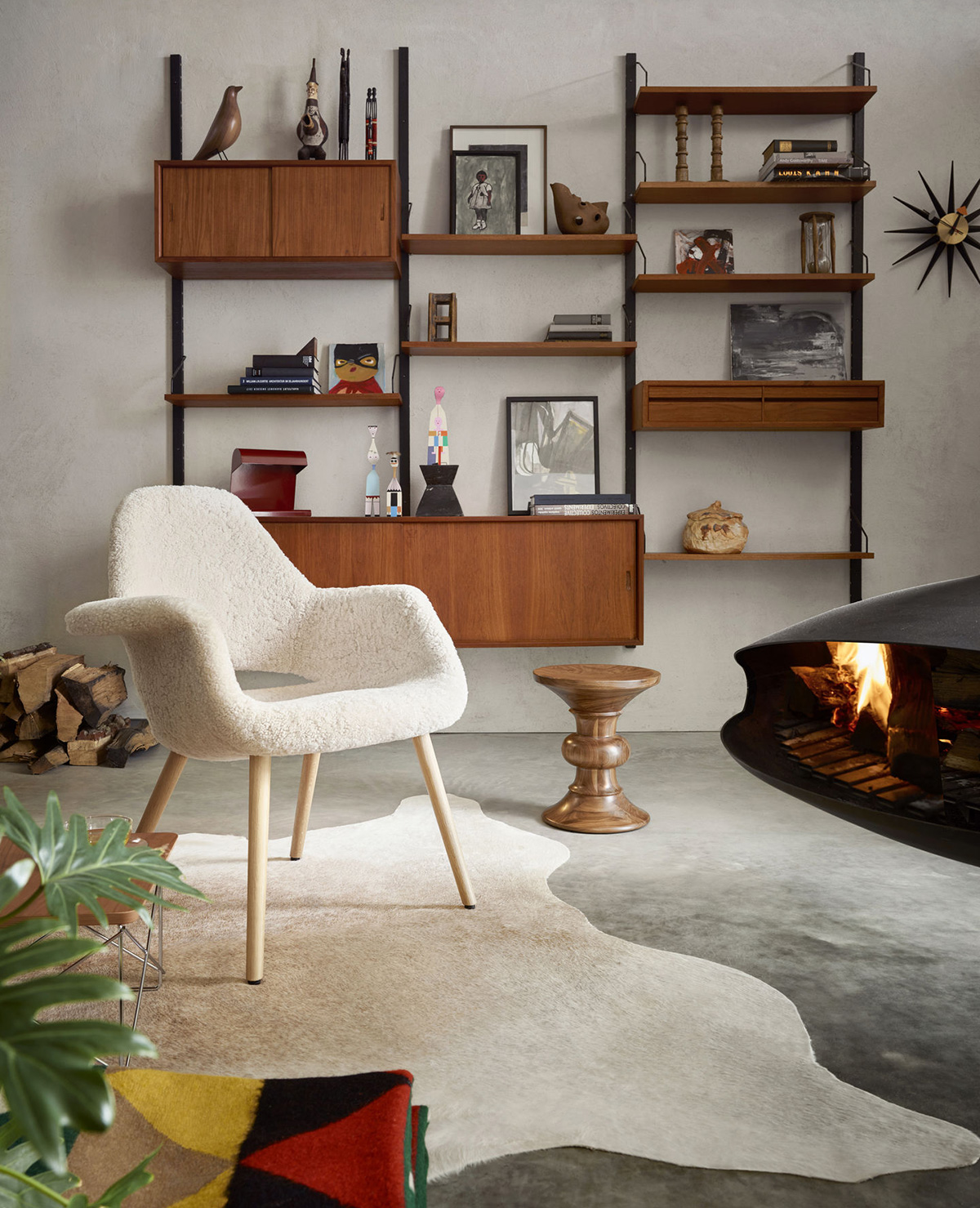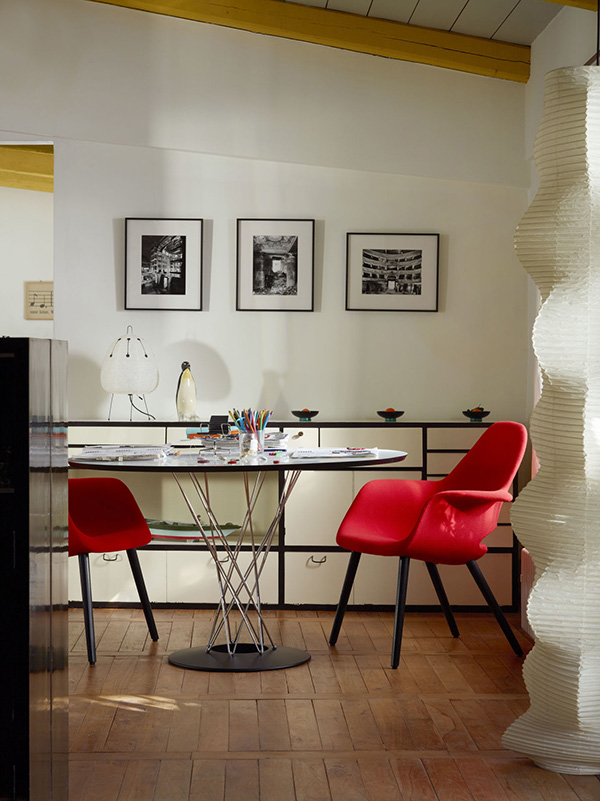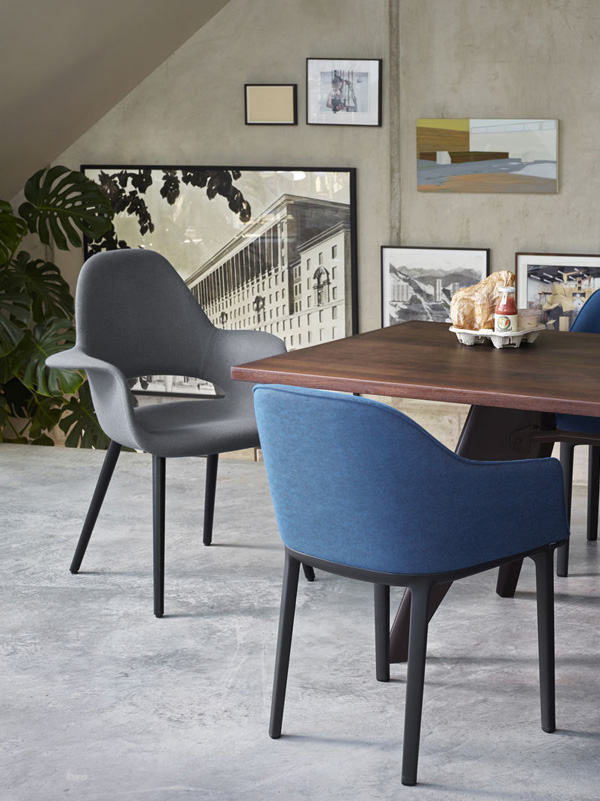Design icon: Vitra Organic Chair
A chair that inspired decades of design thinking, thanks to its biomorphic shape and full upholstery, the Vitra Organic Chair offers exceptional comfort.
Join us to discover the incredible history behind this revolutionary design.
Who designed the Organic Chair?
A meeting of two great design minds, the Organic Chair was a collaboration between Charles Eames and Eero Saarinen. Developing the first designs for furniture made from moulded plywood with this chair, this forward-thinking duo paved the way for decades of design thinking.
And it all started with a design competition…
Organic Design in Home Furnishings - 1940
An exhibition which introduced the world to Charles Eames and Eero Saarinen – the Museum of Modern Art’s (MoMA) ‘Organic Design in Home Furnishings’ exhibition opened in 1941. Showcasing pieces from prominent designers such as Alvar Aalto and Marcel Breuer, MoMA had also staged a competition the previous year, challenging up-and-coming designs to enter their own ‘organic designs’ into the mix.
“It was attempting to put new life into an industry, which had become ingrown. Their aim and the aim of every competitor, I am sure, was to provide the largest group of people with good furniture within their means.” – Charles Eames
When they first heard about this competition, Charles Eames and Eero Saarinen were both working as teachers at the Cranbrook Academy of Art. Inspired by the brief, they prepared eight entries for the exhibition, six of which were chairs. Moving away from the traditional seat, backrest and upholstery that was so common at the time – the duo wanted to create singular moulded shell which fit the contours of the human body.
Impressing the judges with their bold ideas, Eames and Saarinen won first prize for two of their chair designs, the Organic Chair and the Organic Highback Chair. By moulding a seat out of lightweight and inexpensive plywood, it seemed possible to create a comfortable chair that could be mass-produced. However, this design concept was so revolutionary that the technology required to produce the chairs just didn’t exist at the time, and they simply never went into production.
Inspiring decades of design thinking
During the competition, Charles Eames had also met his future wife, Ray. Determined to find a way to successfully mass-produce moulded plywood designs, the Eames’s set up a plywood workshop in their spare room to fully explore the process. This exploration ultimately led to the development of designs such as the Eames Shell Chairs and Eames Lounge Chair. You can discover more about this iconic duo in our ‘Eames Story’ journal article.
Eero Saarinen was also highly influenced by the organic curves of the 1940 chair design. Developing a unique style, his future designs were defined by flowing curves and moulded shapes. This is especially evident in two of his most well-known pieces, the beautiful Tulip dining tables and Tulip chairs. Showing that design was about manipulating ideas as well as materials, these designers created furniture to solve problems - leaving a legacy of eye-catching works with lasting appeal.
New technologies bringing classic designs to life
The Organic Chair, however, was never quite forgotten. Early in the 2000s, the curators of the Vitra Design Museum; who held the few existing designs from the 1941 exhibition; began to look deeper into the story of the chair. Realising its importance within design history and also, it’s incredible comfort - the wheels were set in motion for this iconic chair to finally be put into production, over 60 years after it was originally designed.
Today, the Organic Chair is available in a number of upholstered colours and also available in a conference version, perfect for contracts projects. In 2019, Vitra has released this iconic design in a new Sheepskin finish. With an added level of luxury, this limited-edition chair indulges your senses with its soft, organic curves. Whether you decide to place it in a reading nook, around the dining table or in the bedroom, this is a truly irresistible resting place.
Visit our product page to discover the full range of finishes available for the Organic Chair. Have a question? To talk to one of the Nest team, please email info@nest.co.uk, call 0114 243 3000 or send us a message on LiveChat.
Image Credits: Vitra, Max Hawley




Vitra
Organic Chair - Limited Edition Sheepskin
Shop Now





